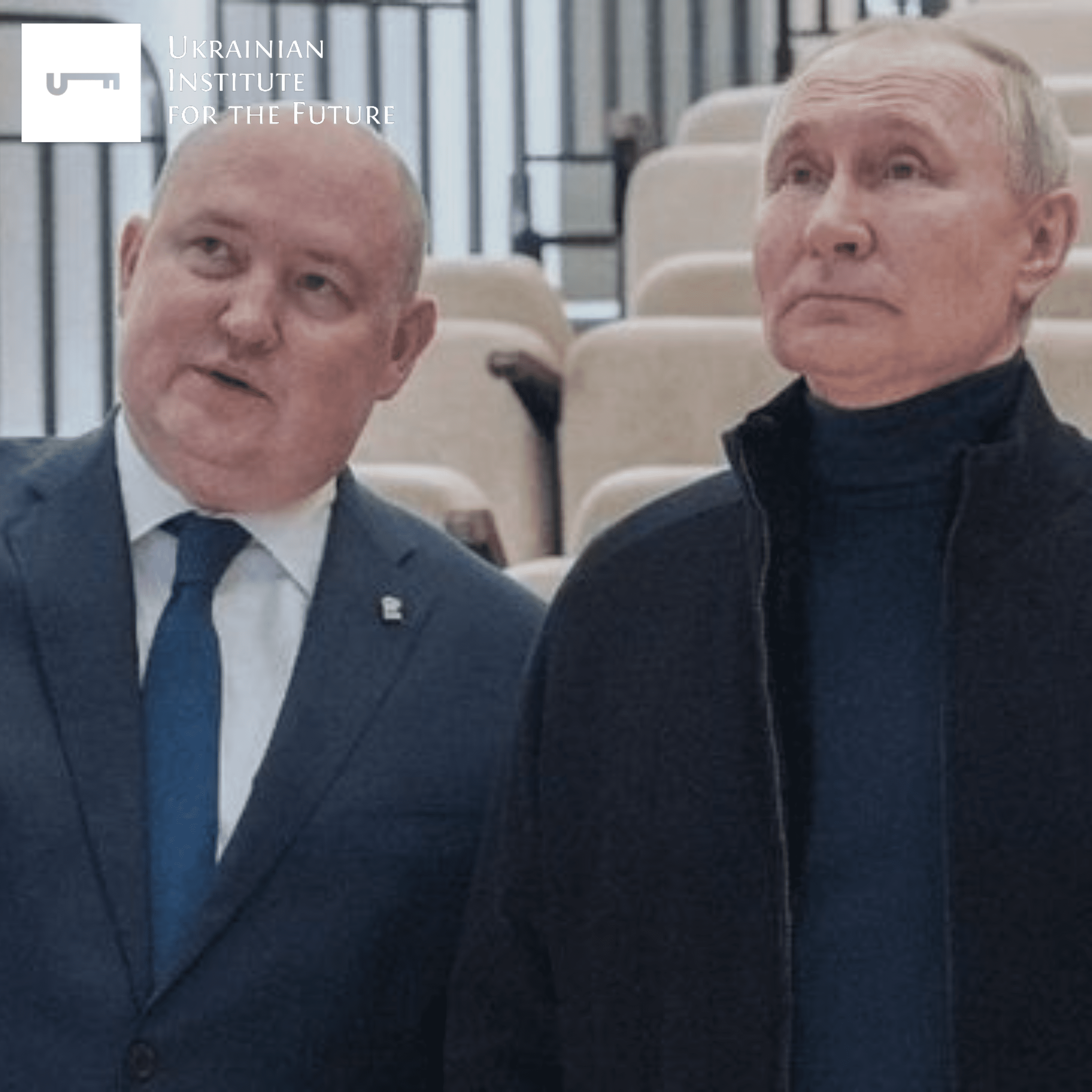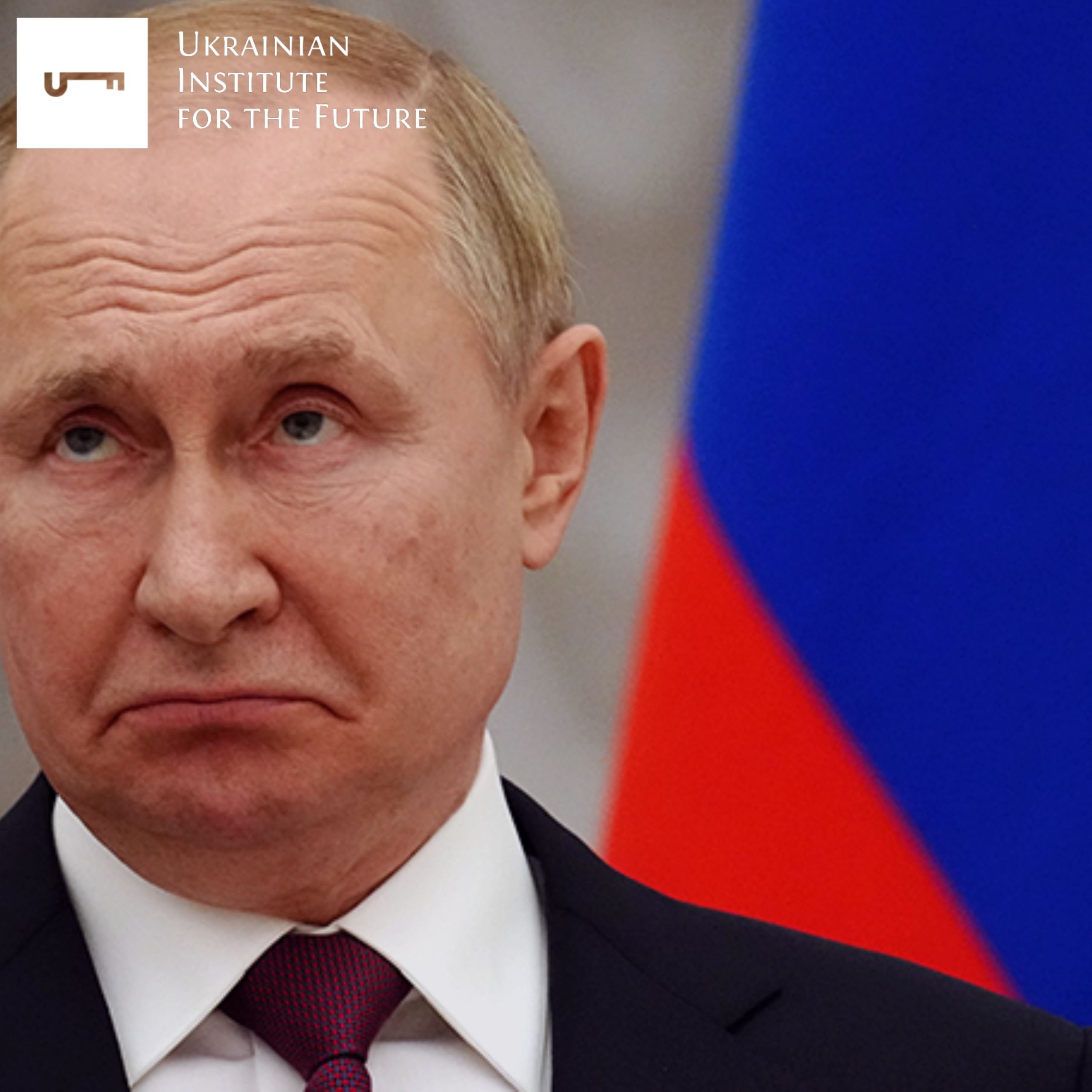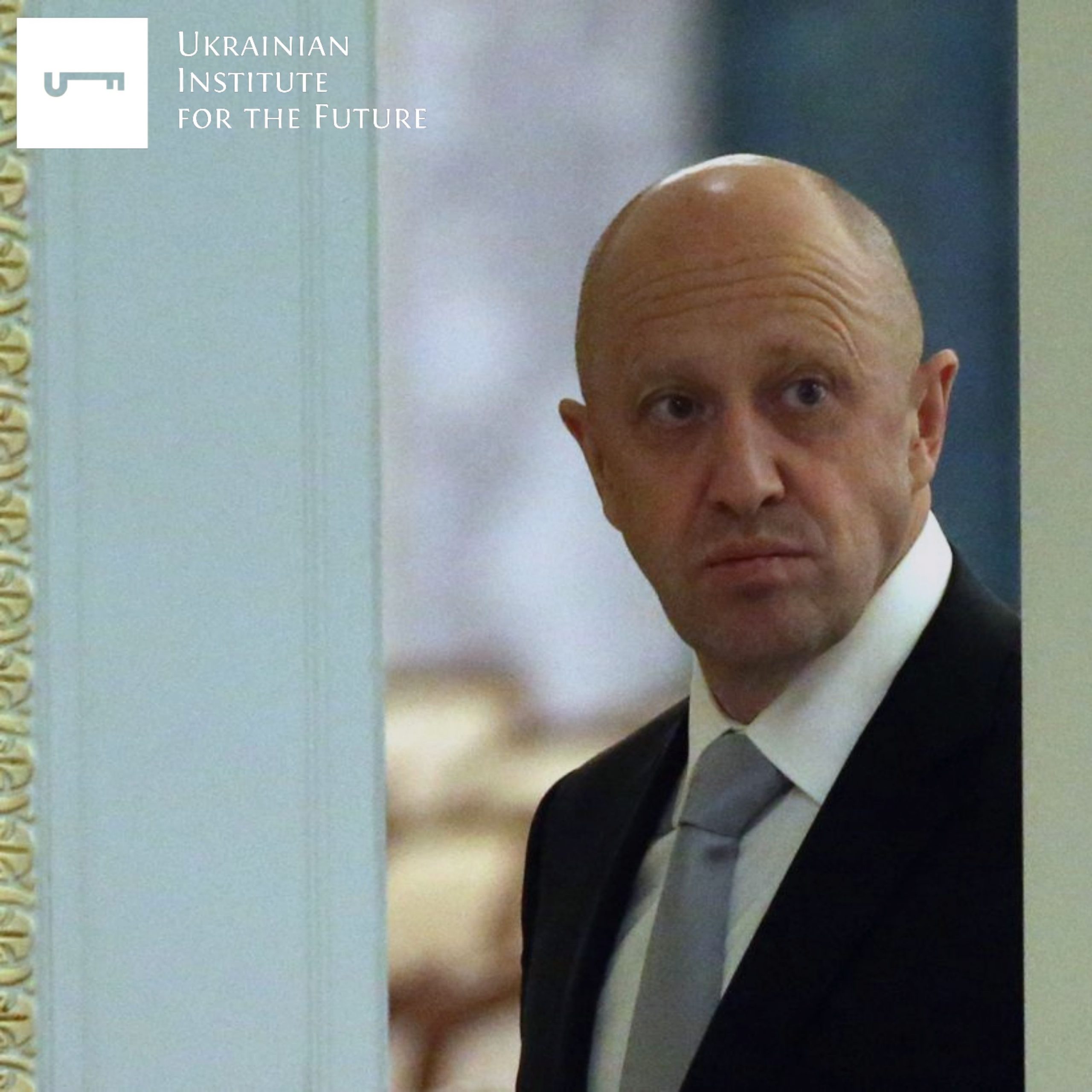The organization of Vladimir Putin’s visits to Sevastopol and Mariupol fully corresponded to the term “special operation”. He had visits to both cities in compliance with all the rules of secrecy, unadvertised, short-term and without any obvious purpose.
One could expect that on March 18 in Sevastopol, on the anniversary of the city’s inclusion in the Russian possessions, he would make a policy statement or take part in a mass event, but instead, the head of the state, with a narrow circle of people, visited an art school and a children’s centre, after that he just left the city.
In Mariupol, the situation looked even more insignificant: at night, without meeting any people and without any statements at all, Putin spoke to some people in the courtyard of the new building. To summarize this trip briefly, it comes down to two things: firstly, Putin is incredibly afraid for his life, which is very different from all those Russian heroes with whom he tries to compare himself and, secondly, Putin needed this trip only because the press does not get tired of asking when the president will visit the annexed territories. Now Putin has the opportunity to avoid such questions for the next few months. But such an approach to such visits generally excludes any hints of the significance of such events. Therefore, a visit to Mariupol will definitely not be an event either for the occupied Donbas or for Russia.
The Governor of Sevastopol Mikhail Razvozzhaev assures that Putin’s visit was a surprise even for him, and generally, the opening of the art school was planned remotely. “Everything was ready for the videoconference and the report to the president via special communications. And Vladimir Vladimirovich decided and came. Personally. Driving,” the official said. Going to school does not seem like a reasonable reason for such a visit, especially when compared with the traditional presidential program of visiting other cities in the Russian Federation. For comparison, we can take Putin’s visit to Ulan-Ude, which took place on March 14: during this visit there were some important issues discussed: the construction of a thermal power plant, the first experience in Russia of transferring the entire city to electric heating, the reconstruction of the airport, etc. In Sevastopol, Putin was not interested in the life of the city, did not have meetings with its inhabitants and the military, who undoubtedly had questions for their commander-in-chief since “Moscow” sank.
In fact, he just had to mark his stay on the Crimean Peninsula, since against the backdrop of the constant visits of Vladimir Zelensky to the front-line cities, to Bakhmut surrounded by Russian troops or Kherson left by Russian troops, the Russian president’s stay away from the combat areas caused bewilderment among the Russians. For this, the Sevastopol blitz visit was conceived, which was more like a sudden military operation landing Vladimir Putin into the city of sailors and immediately evacuating him from there.
The visit to Mariupol looks even more strange, since journalists did not take part in it. According to the version on the Kremlin website, Vladimir Putin “arrived in Mariupol by helicopter, then driving a car he visited several districts of the city, examined the coastline near the yacht club, the theatre building, memorable places, and in the Nevsky micro district talked with local residents and even visited their houses”. The absence of media representatives during the trip makes it impossible to judge what exactly this visit was and whether it was a frank production with recruited extras. RIA Novosti showed us footage from the cockpit of a car in which Vladimir Putin, driving along with Deputy Prime Minister Marat Khusnullin in the passenger seat, is driving along a night street – a sequel to the same trip Putin and Khusnullin in a car along the Crimean Bridge in December last year. It is characteristic that Putin visited the Crimean Bridge driving not a patriotic Aurus, but a German Mercedes, during a trip to Sevastopol and Mariupol, the President of Russia also used a foreign car – a Toyota.
In any case, Putin’s visits closer to the zone of the special operation do not have the expected effect, primarily due to the inherent veil of secrecy and the sense of virtual reality that surrounds the Russian president. Carefully selected environment, cutting off contacts with the head of the state, first just strangers, and now a pool of journalists, create the impression that the president is frankly afraid of moving around the territories, which he himself formally recognized recently as Russian ones. At the same time, Putin constantly appeals to the rulers of Russia of the past, citing them as an example for others to follow. However, the historical characters mentioned by him were by no means afraid to appear on the battlefield, and for some, the presence at the front was the impetus for further rapid careers.
For example, Ivan the Terrible (Ivan Grozny), in respect of whom the process of historical rehabilitation has been launched in modern Russia, commanded the storming of Kazan, personally giving the order at a crucial moment to bring the tsar’s regiment into battle at a critical moment. Ten years later, he personally led the troops on a campaign against Polotsk. On February 5, Ivan IV himself with the sovereign’s regiment came under fire from the Lithuanian guns. Ivan the Terrible also personally led campaigns in Livonia in 1572 and 1577.
In June 2022, while visiting an exhibition dedicated to the 350th anniversary of Emperor Peter I, Vladimir Putin drew a direct parallel between the wars of the Russian Emperor and the special operation. “Apparently, it also fell to our lot to return and strengthen,” he said at a meeting with young entrepreneurs. It is strange, but in Russian propaganda, parallels are practically not drawn between the current SMO and the Battle of Poltava, although they would seem to be on the surface. In the battle on the territory of Ukraine between Russia and the Ukrainian-European coalition (which was also very successful for the Russian side), one could find a lot in common with the special operation, except perhaps the behaviour of the commanders. Peter I personally took part in the battle, in particular, leading a counterattack, during which, according to one legend, a bullet pierced his hat, and another hit his saddle. In addition, a horse was killed under Peter’s associate Alexander Menshikov. All these contrasts so much with the behaviours of Putin, Shoigu and Gerasimov during the special operation that propaganda prefers not to peddle parallels with the Battle of Poltava.
Speaking in Veliky Novgorod on the occasion of the 1160th anniversary of the birth of Russian statehood, Vladimir Putin said that, despite all the repressions, Joseph Stalin remains the man who “created Russia as a great world power, determined its fate”. However, Stalin also displayed far more courage than Vladimir Putin, both early in his career and at the head of the party and state. During the Civil War, Stalin was a member of the Revolutionary Military Council of the RSFSR, commanded the defence of Tsaritsyn and participated in the war with Poland, and received the Order of the Red Banner for his services in the defence of Petrograd. During the battle for Moscow, Joseph Stalin did not leave the city, he visited the front line several times, in addition, on November 7, 1941, he took part in the parade on Red Square. Later he also went to the front line in the regions of Gzhatsk and Rzhev.
The future secretary-general Leonid Brezhnev, who entered World War II as a commissar, finished it as a general, and a successful military career gave rise to a rapid career climb. Over time, Brezhnev managed to become the head of state, relying on the support of a wide and privileged class of veterans. It is easy to see that, behind the scenes, Vladimir Putin is also trying to follow his example, speaking of the need to promote veterans “in civilian life to authorities at all levels”. However, veterans of World War II saw in Leonid Brezhnev “their own fellow” – a direct participant in a number of bloody battles, in particular, for the liberation of Novorossiysk. Will Putin, with his blitz visits to Mariupol, succeed in earning authority among today’s veterans, or will their sympathies go to, for example, the more strong-willed Yevgeny Prigozhin, who emphasizes his constant presence at the forefront with his subordinates? We will find out the answer to this question in the nearest future.
By the way, even Nikita Khrushchev, unloved by Vladimir Putin, who “gave up Crimea” during World War II was a member of the military councils of the South-Western Direction, Stalingrad, Southern, Voronezh and 1st Ukrainian Fronts, took a direct part in the Battle of Stalingrad, which Vladimir Putin called the turning point of the war and the 80thanniversary of the end of which was celebrated last February with great pomp. His headquarters was in the front echelon of command – behind Mamaev Kurgan, and then at the city’s Tractor Plant, which was turned into a defence centre. Perhaps the dislike of the Russian president for the Soviet General Secretary is due to the fact that Putin, unlike Khrushchev, did not risk being on the front line, instead preferring to command from headquarters in Rostov-on-Don.




